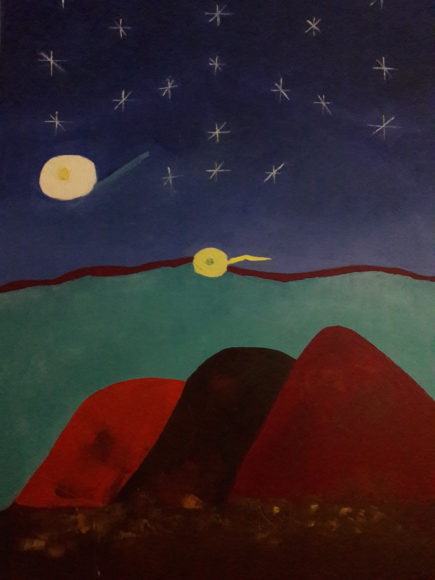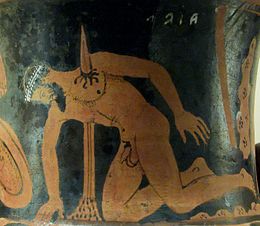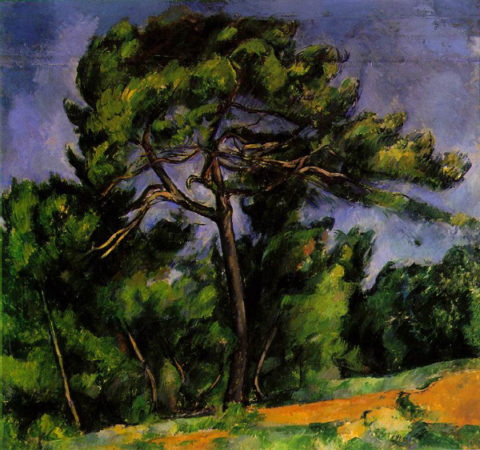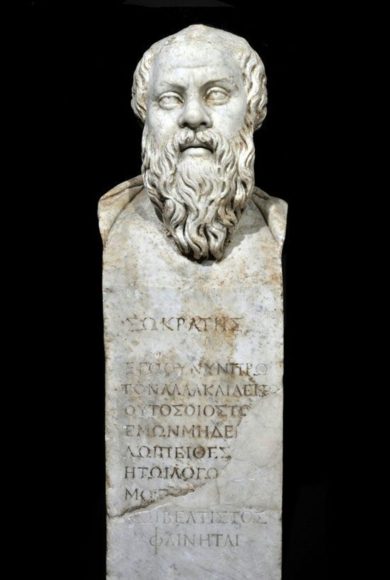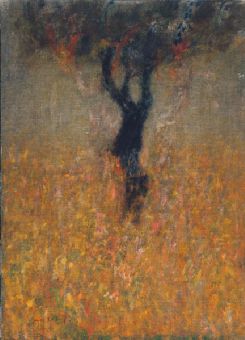
Nelle pagine della sua autobiografia, pubblicata postuma nell’agosto di quest’anno, il germanista Gerhard Neumann ritorna per la prima volta su un noto episodio del primo incontro fra Paul Celan e Martin Heidegger: la visita alla baita di quest’ultimo nella Foresta Nera, avvenuta il 25 luglio 1967, all’indomani di una lettura pubblica all’Università di Friburgo a cui anche Heidegger aveva assistito. Neumann, l’unico ad accompagnare i due a Todtnauberg (è lui «der uns fährt, der Mensch, / der’s mit anhört», di cui parla l’omonima poesia), aveva sempre sostenuto di non avere ricordi delle parole dette in quell’occasione.
Il testo che qui pubblichiamo è estratto da una lettera, riportata nello stesso volume, che Neumann scrisse, a poco più di un mese dal giorno della visita a Friburgo, agli amici Kiki ed Elmar Tophoven, grazie ai quali aveva conosciuto Celan a Parigi. La lettura è completata da un passo della lettera che lo stesso Celan scrisse alla moglie Gisèle Lestrange al rientro dal viaggio in Germania.
*
Fritz Wotruba, Sitzende Figur (Der Denker), 1948

